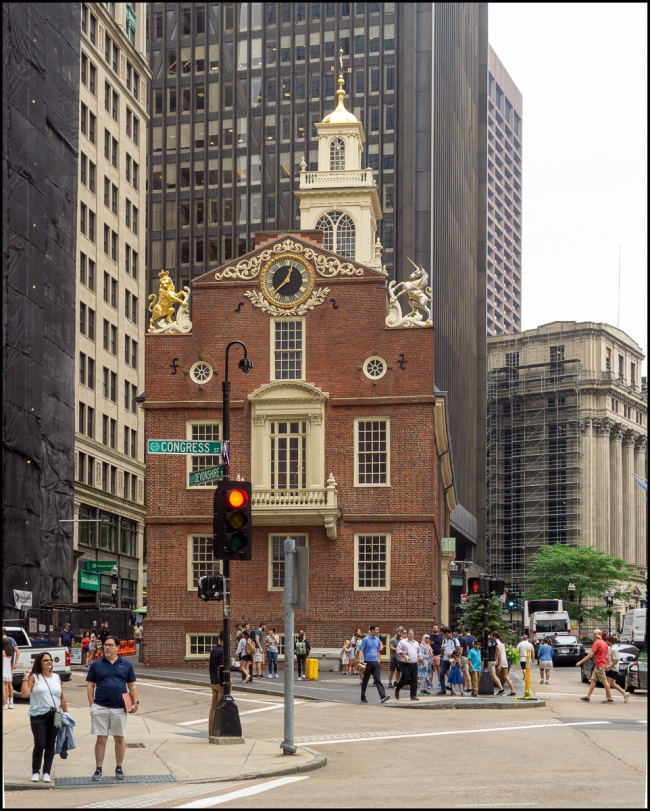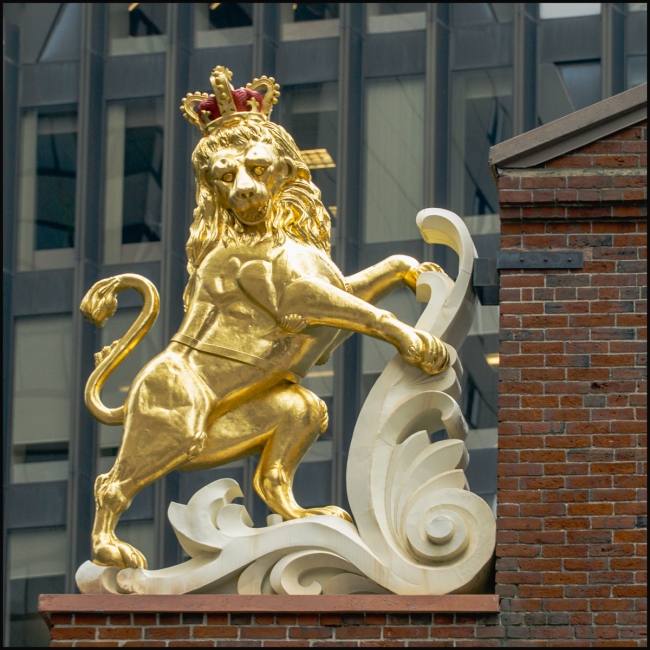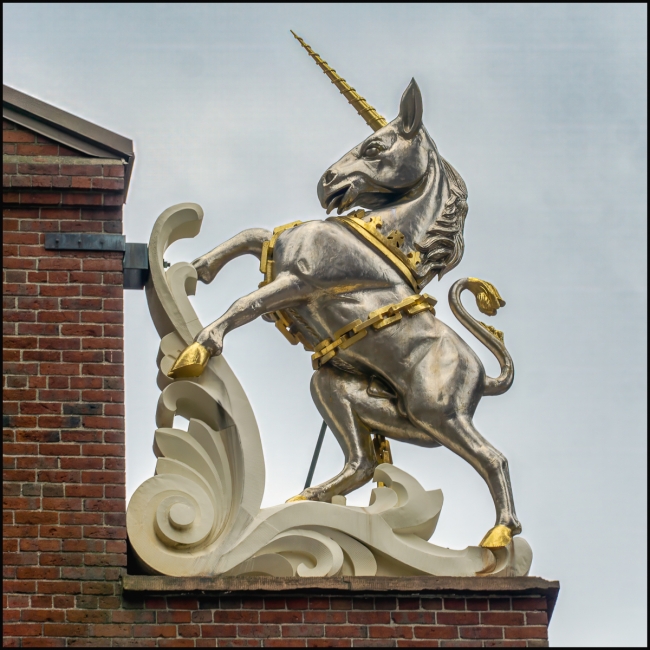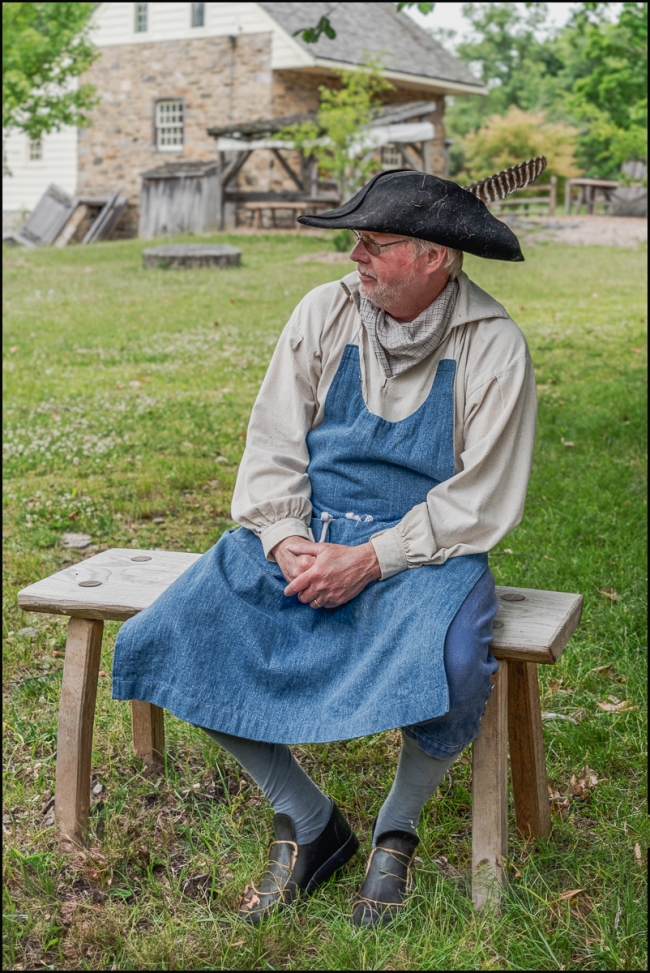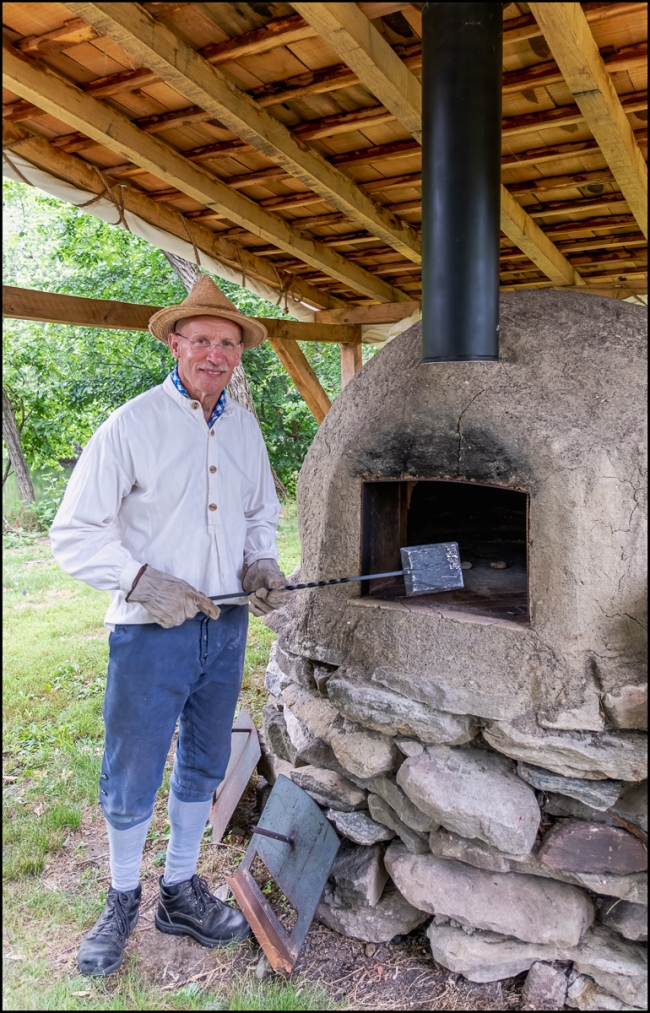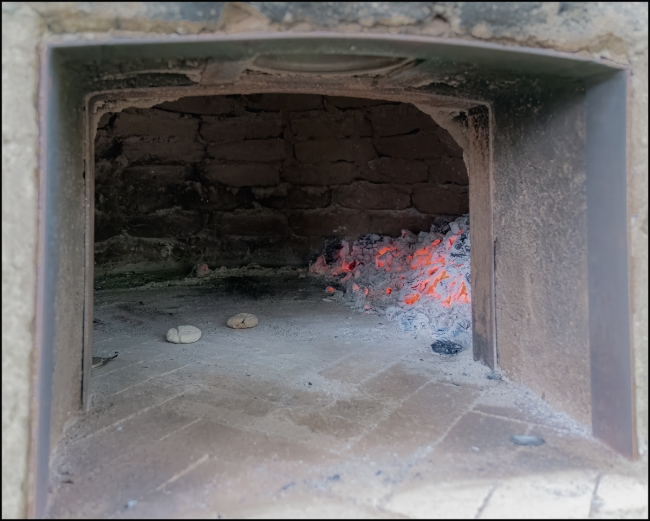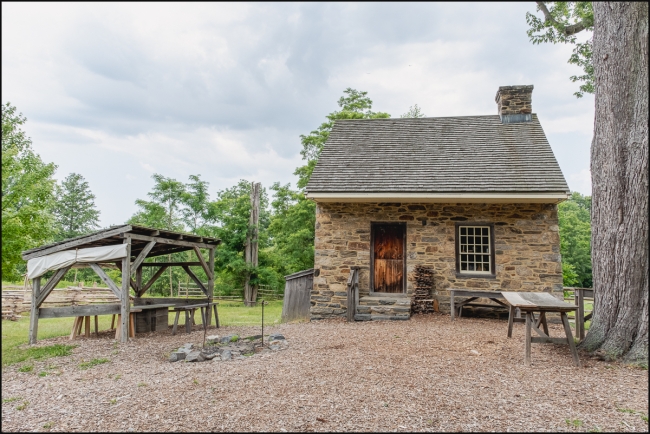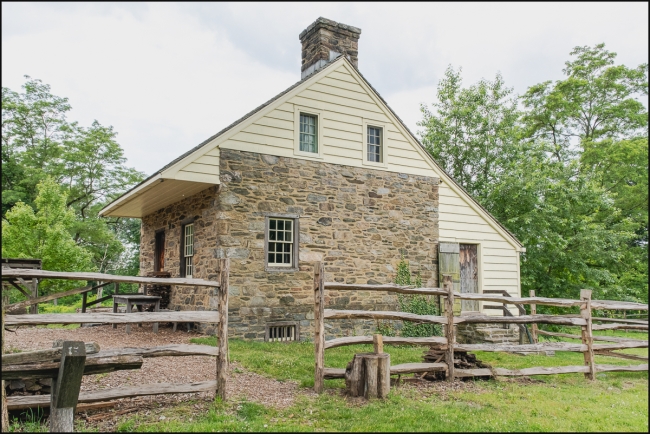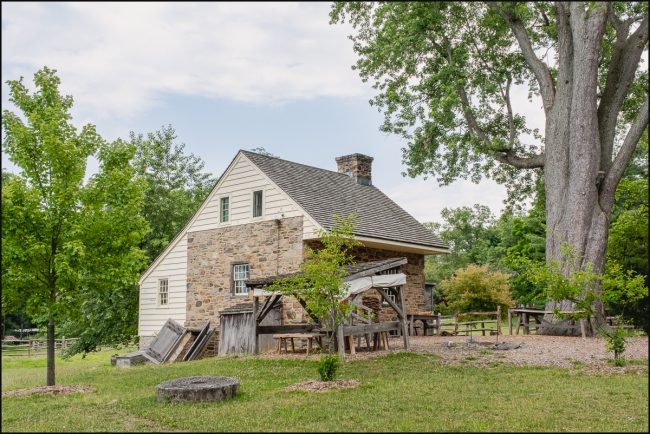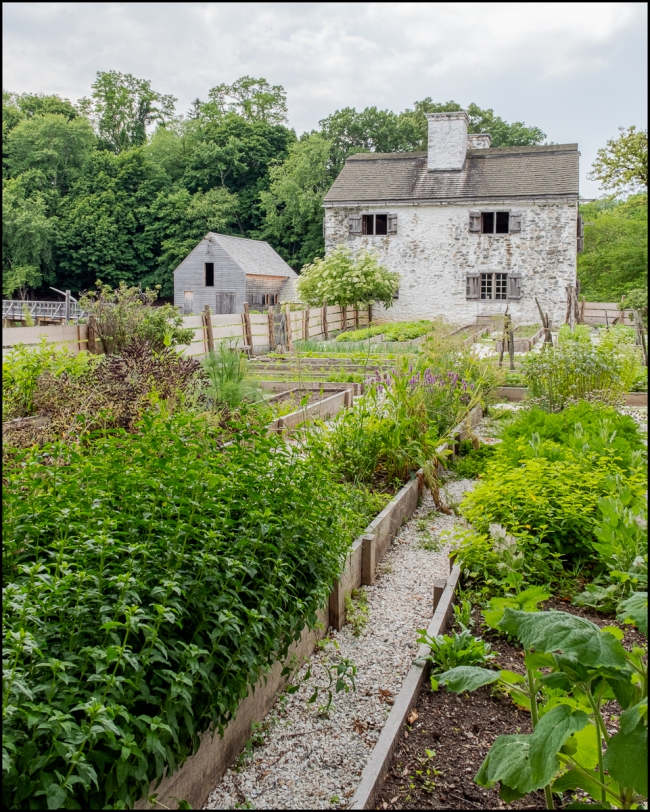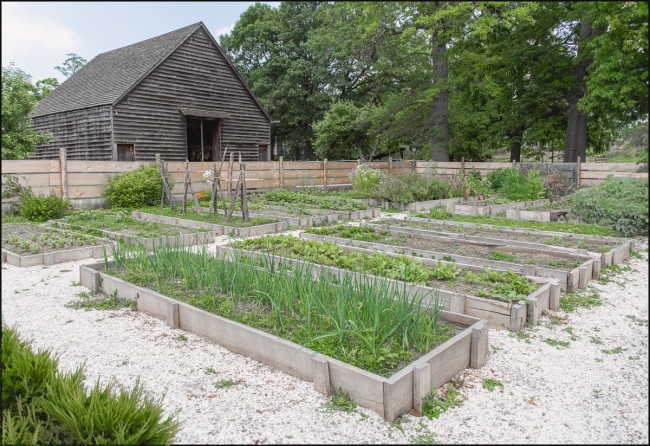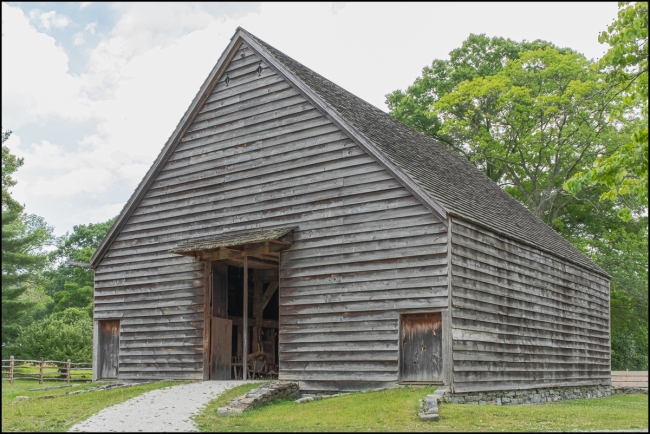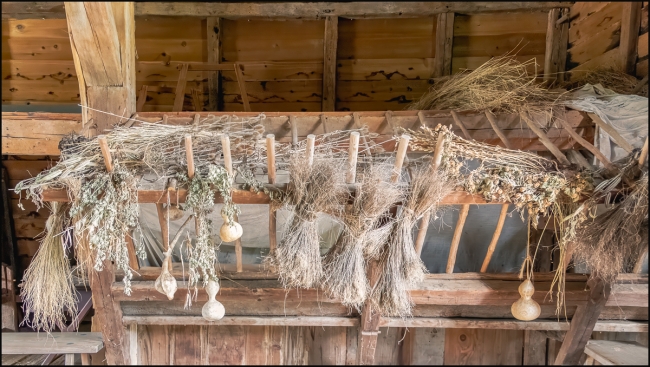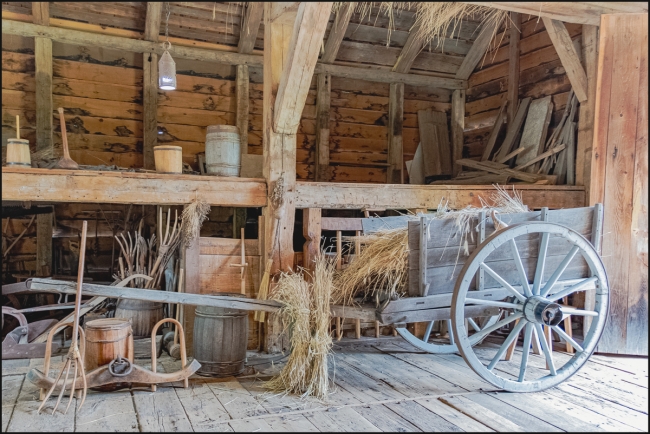The Old State House is a historic building in Boston, Massachusetts, built in 1713. It was the seat of the Massachusetts General Court until 1798. It is located at the intersection of Washington and State Streets and is one of the oldest public buildings in the United States.
“It is one of the landmarks on Boston’s Freedom Trail and is the oldest surviving public building in Boston. It now serves as a history museum that was operated by the Bostonian Society through 2019. On January 1, 2020, the Bostonian Society merged with the Old South Association in Boston to form Revolutionary Spaces. The Old State House was designated a National Historic Landmark in 1960 and a Boston Landmark by the Boston Landmarks Commission in 1994”. (Wikipedia)
Taken with a Sony A6000 and 18-135mm f3.5-5.6 OSS

